Myanmar
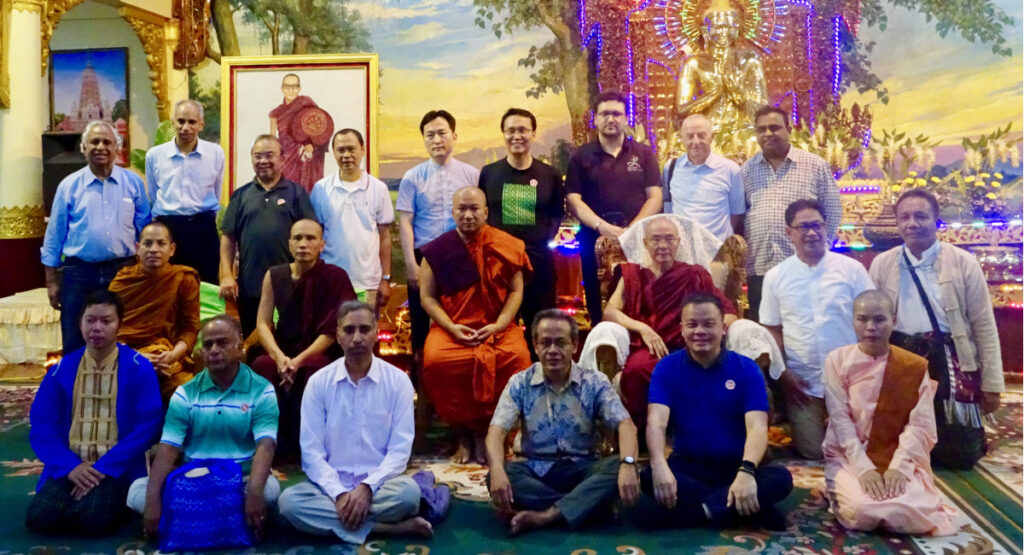
Friends across religions
Myanmar, a predominantly Buddhist country, provided the perfect venue for the ninth international gathering of the Jesuit Conference of Asia Pacific (JCAP) Buddhist Studies and...read more

Fostering growth in affective maturity
A solid human formation is foundational to every Jesuit. The recent gathering of formation delegates of the Jesuit Conference of Asia Pacific (JCAP) focussed on...read more

Go forth and serve
“Go…into your high schools, colleges and universities, and advocate for the faith, speak of God, tell the young people about Jesus and his resurrection from...read more

Waiting in Salaween
On February 8, I went to the Karen State in Burma (Myanmar) with the staff from a non-government organisation and foreigners who wanted to help...read more

Available and happy to serve
The East Asian Pastoral Institute (EAPI) is a good place for pastoral workers to have a break and relax. I felt more connected with myself,...read more
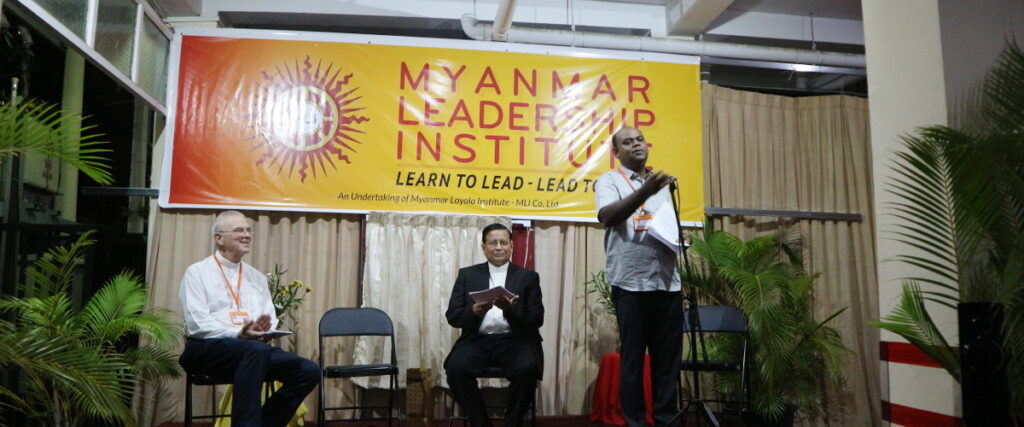
Myanmar Leadership Institute opens in Yangon
Myanmar Leadership Institute (MLI), a long cherished dream of Yangon Archbishop Charles Cardinal Maung Bo and the Jesuits of the Myanmar Mission, was realised at...read more
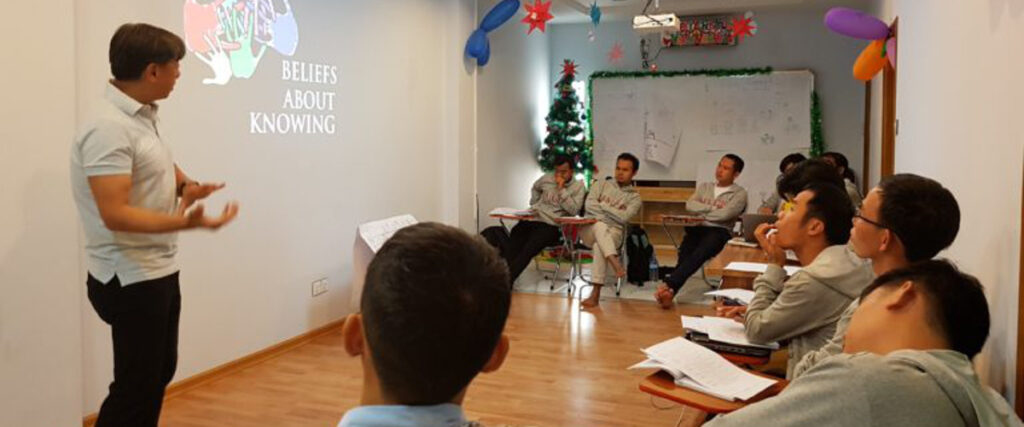
Myanmar regents learn IPP
Eleven regents from the Myanmar Mission, with one lay volunteer from Singapore, participated in a workshop on Ignatian Pedagogy from December 27 to 30. The...read more
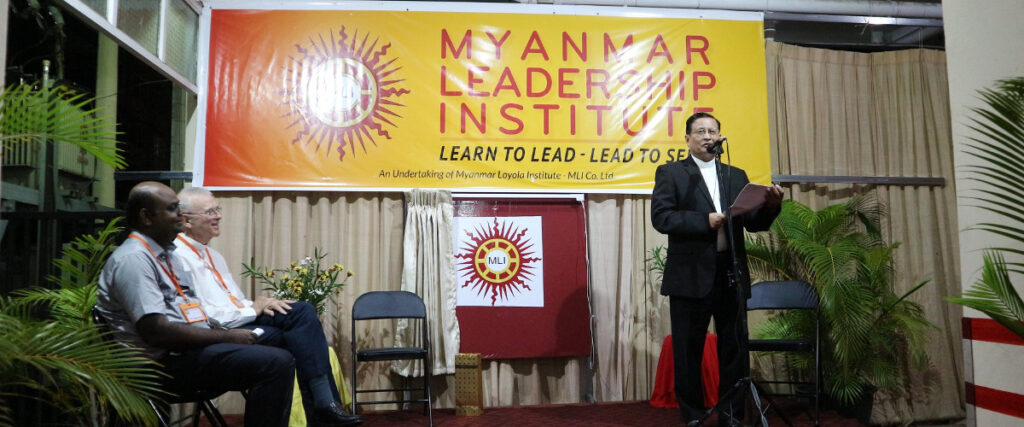
New Myanmar Leadership Institute: forming leaders with competence and compassion
“Replace the ‘I’ of ‘illness’ with ‘we’ and it becomes ‘wellness’. A good leader confronts the illness of society and brings it to wellness.” These...read more
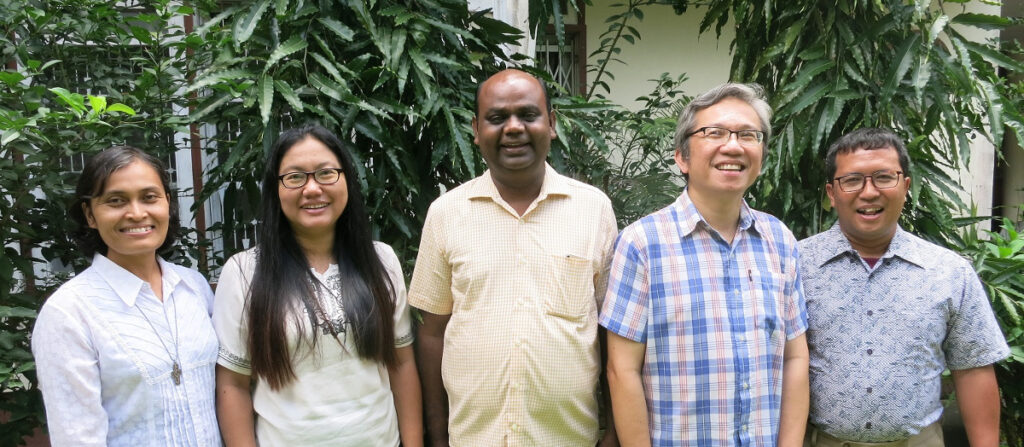
Myanmar Leadership Institute trains leaders with a holistic approach
A new institute in Yangon combines ethics, life skills, analytical skills and professional competencies for leaders in the fields of education, business and civil society...read more
